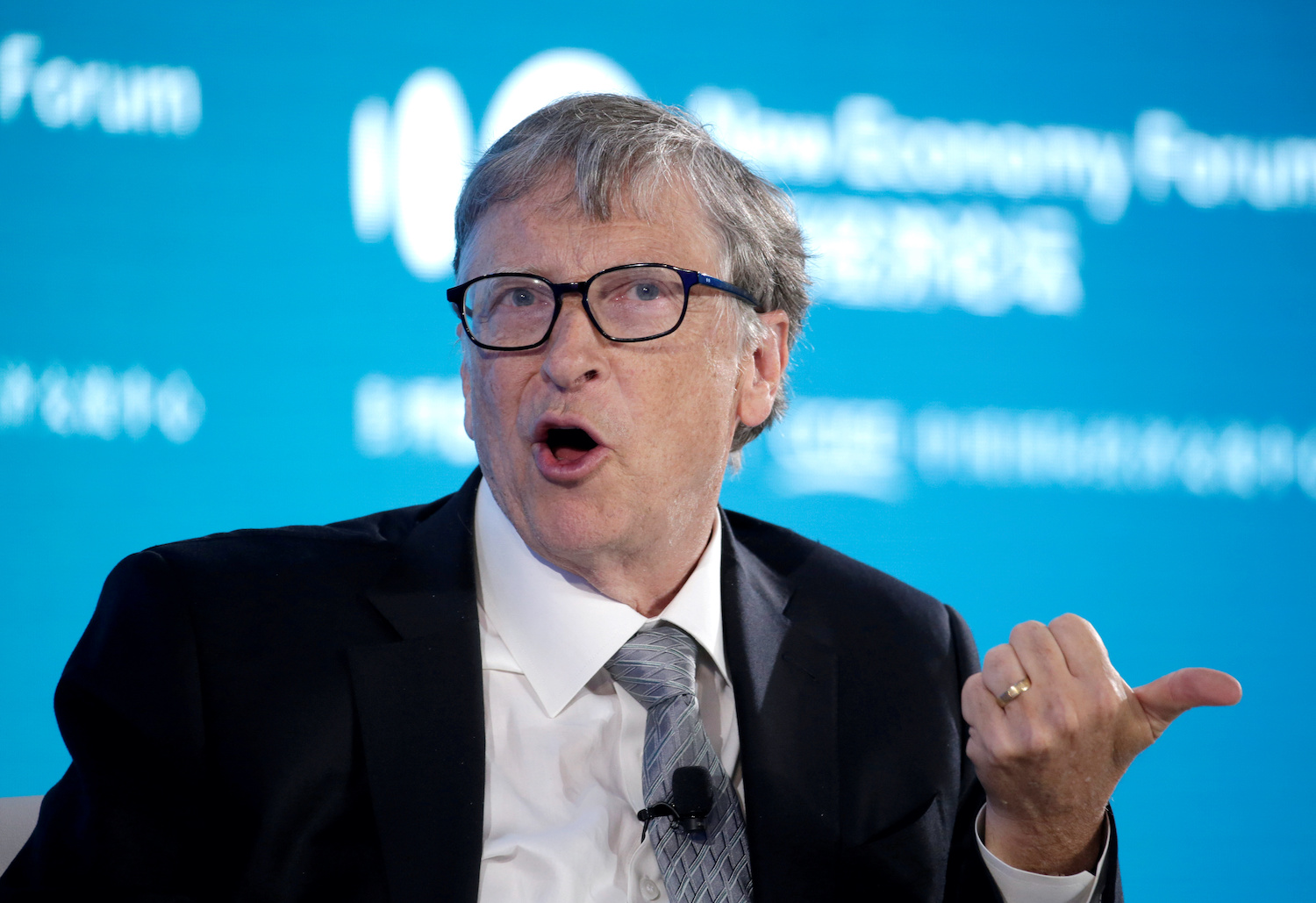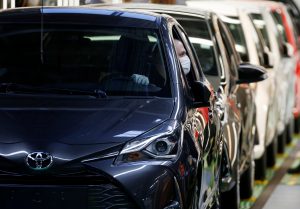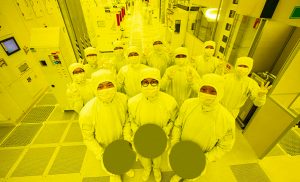Cleaning up the manufacturing sector will be one of the biggest hurdles in tackling climate change, according to Bill Gates.
The software-developer-turned-philanthropist has invested some $2 billion in the development of clean technologies but those investments are mostly in electricity generation and storage.
Manufacturing – especially in steel and cement – accounts for roughly a third of global greenhouse gas emissions. That makes manufacturing more polluting than the power or transportation sectors, which receive far more attention in policies and investments.
Read more: Asia Times Financial rebrands to celebrate new indexes
And the manufacturing sector is set to grow, as the global population climbs and countries further develop.
“That’s the sector that bothers me the most,” Gates said, ahead of the publication this week of his book, How to Avoid a Climate Disaster.
There is currently no way to make steel or cement without releasing climate-warming emissions. Yet, neither governments nor investors are looking hard to solve that problem, Gates said.
“People still need basic shelter, certainly in developing countries,” said Gates, co-founder of Microsoft Corp. “It’s unlikely we’ll stop building buildings.”
Gates plans to push for more research and innovation at the UN climate conference in Glasgow in November. “The idea is to get innovation, including R&D, onto the agenda . not just looking at the easy stuff.”
MISSION INNOVATION
During the 2015 UN climate talks in Paris, Gates helped to launch a global initiative called Mission Innovation to link national governments with the private sector in pursuing and sharing clean technology.
We need “total coordination, and in fact some overlap is a very good thing to have,” Gates said. But he said there should be diversity in the solutions being sought so governments do not end up duplicating efforts.
Right now, for example, “they’re doing a lot of green hydrogen products,” Gates said. “But who’s doing the hard stuff?”
Some manufacturing plants may be able to lower their emissions by plugging into an electricity grid run on renewable energy. But that will not solve all emissions from steel and cement-making, both processes that release carbon dioxide as a byproduct.
In the United States, it hasn’t helped to have energy policy yo-yo between presidential administrations, Gates said. “This stop-start approach, that’s too risky for the private sector.”
- Reporting by Reuters
























